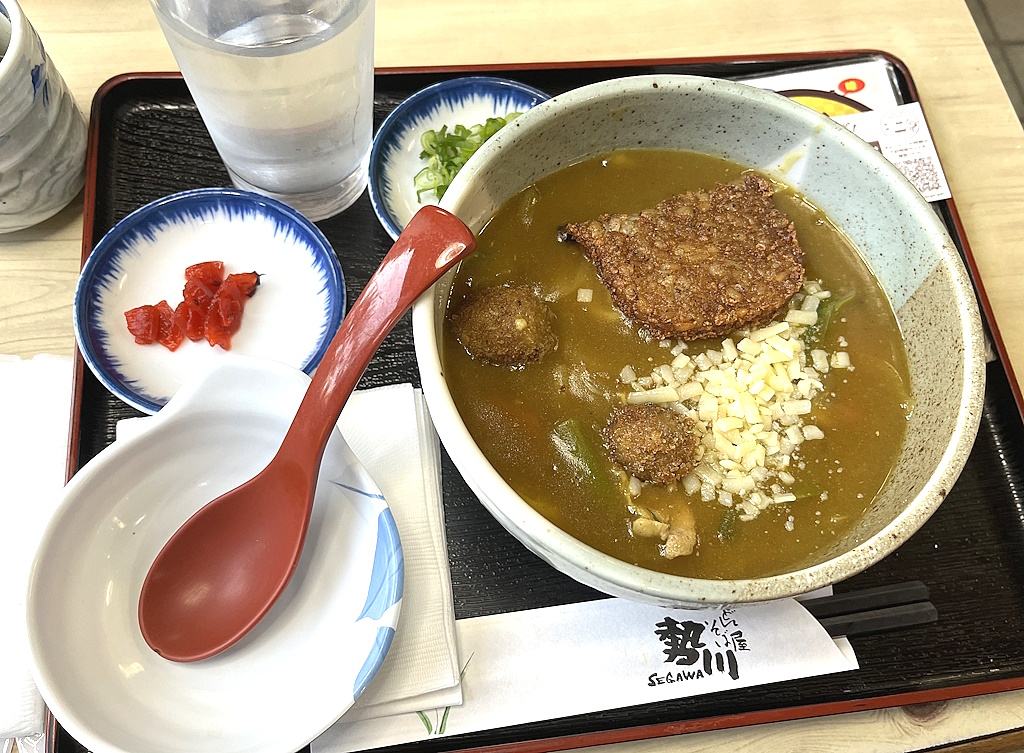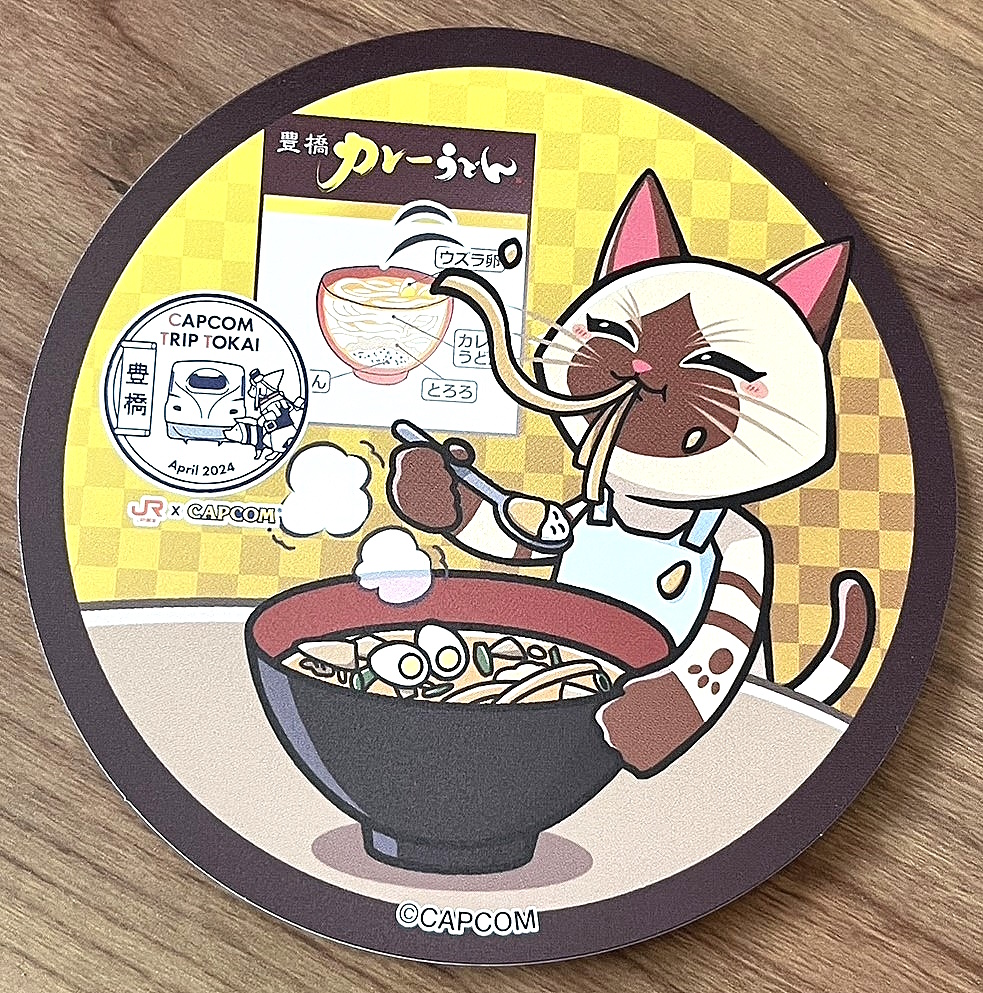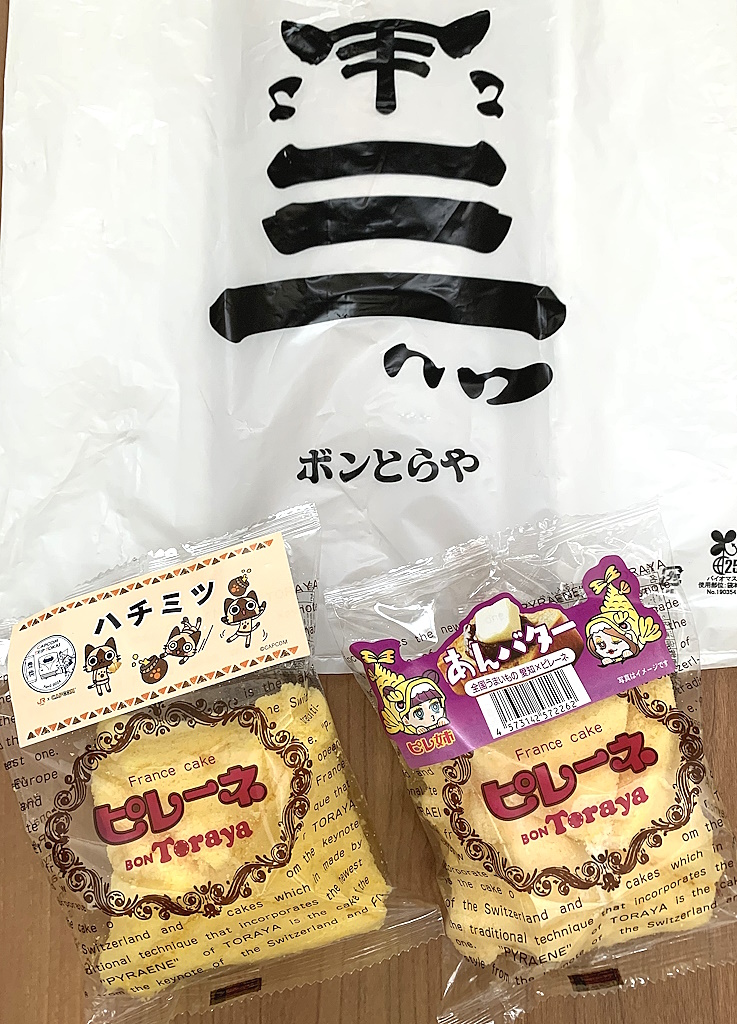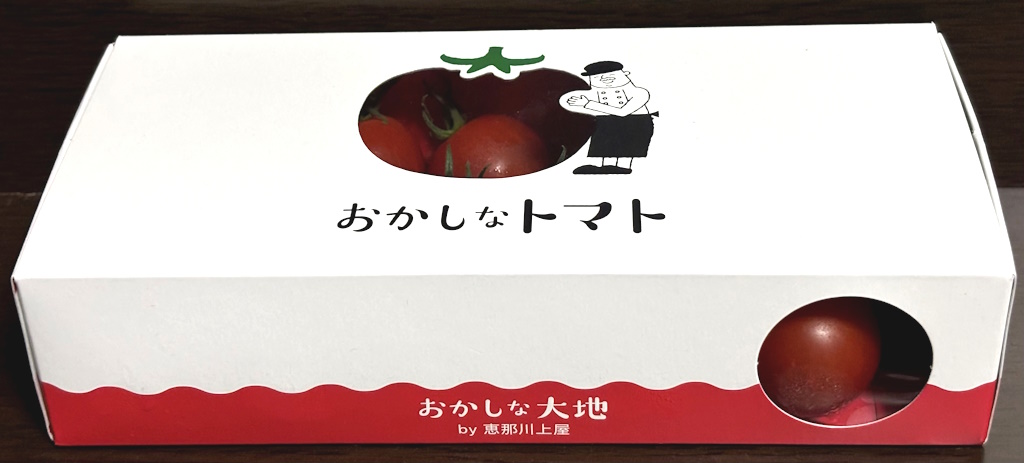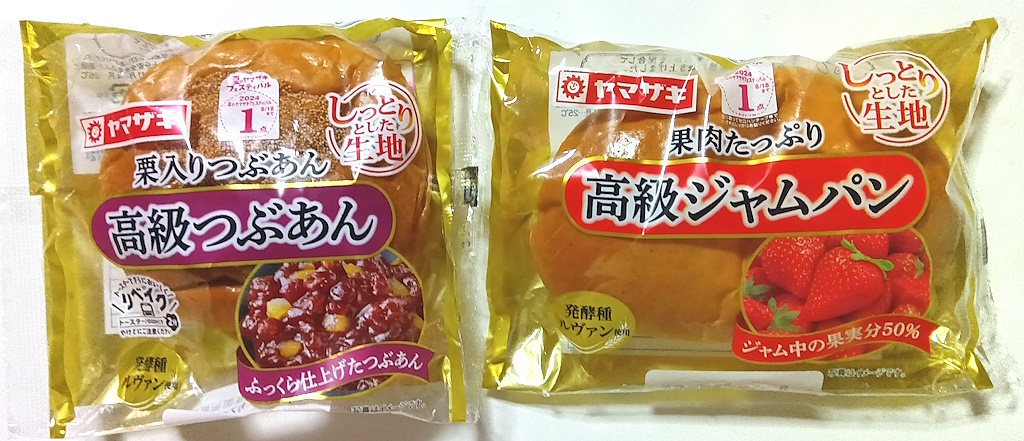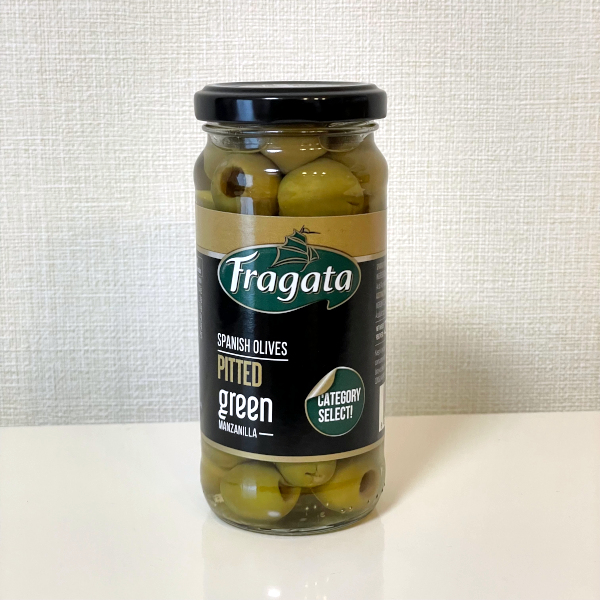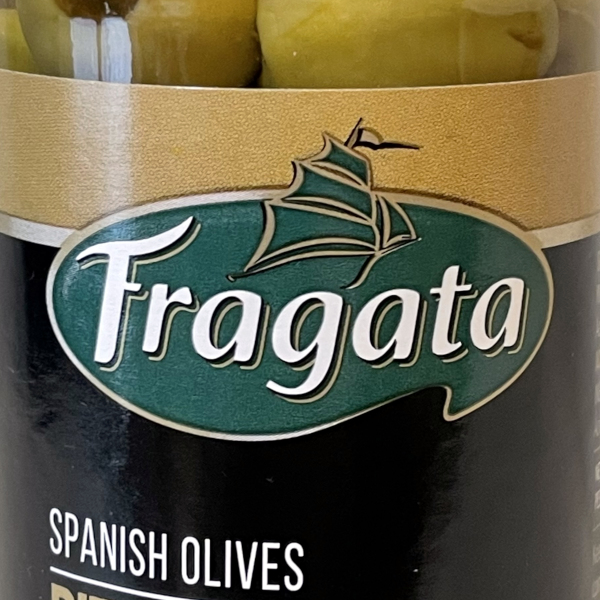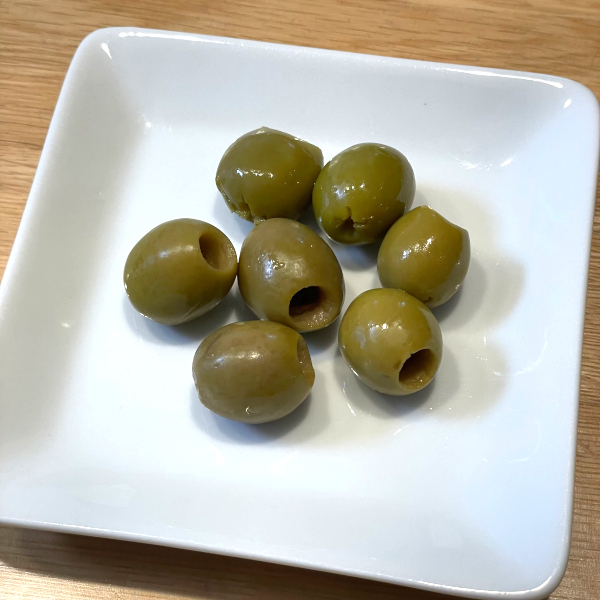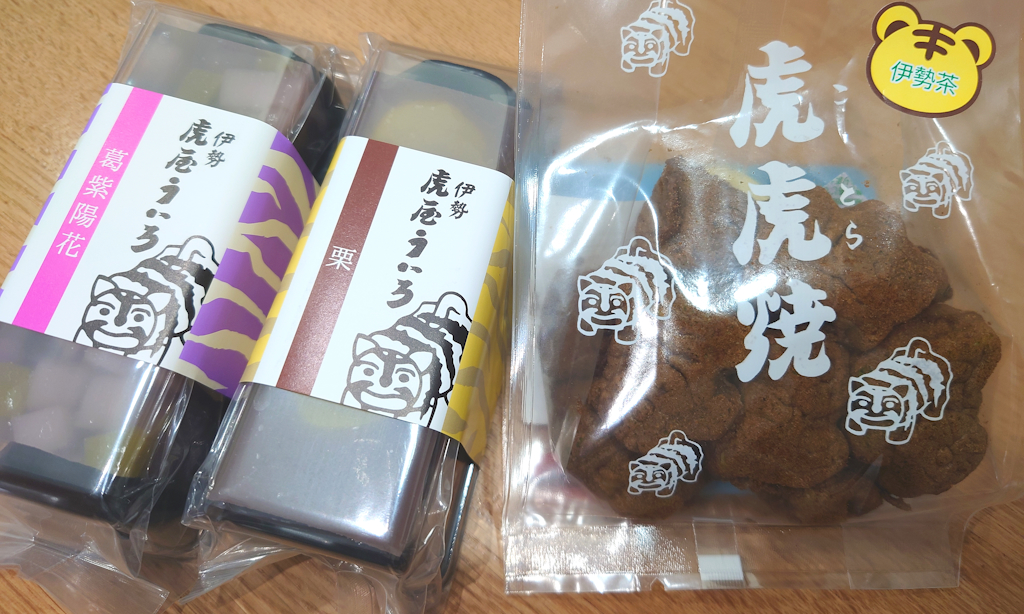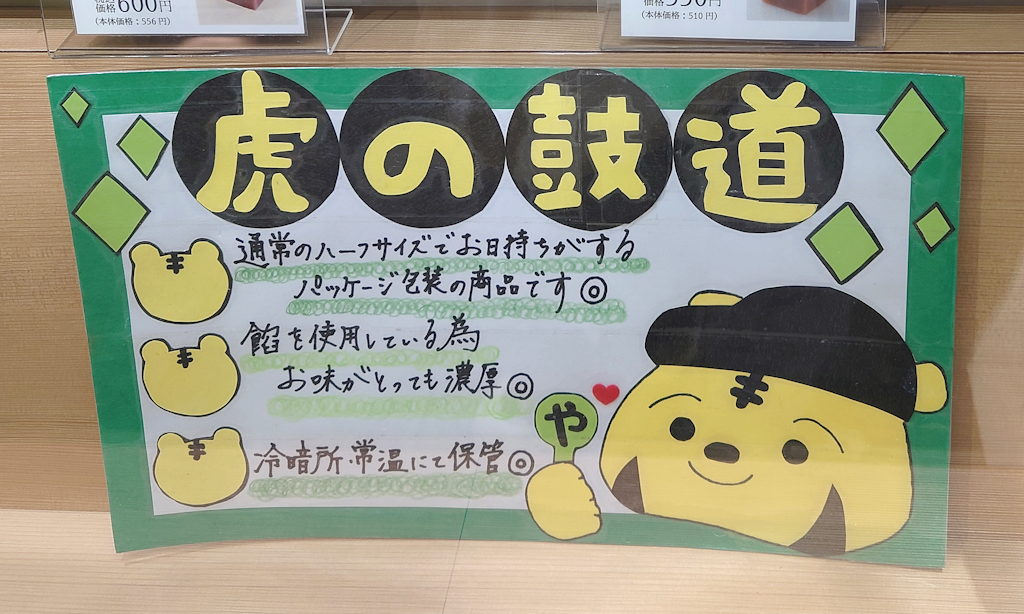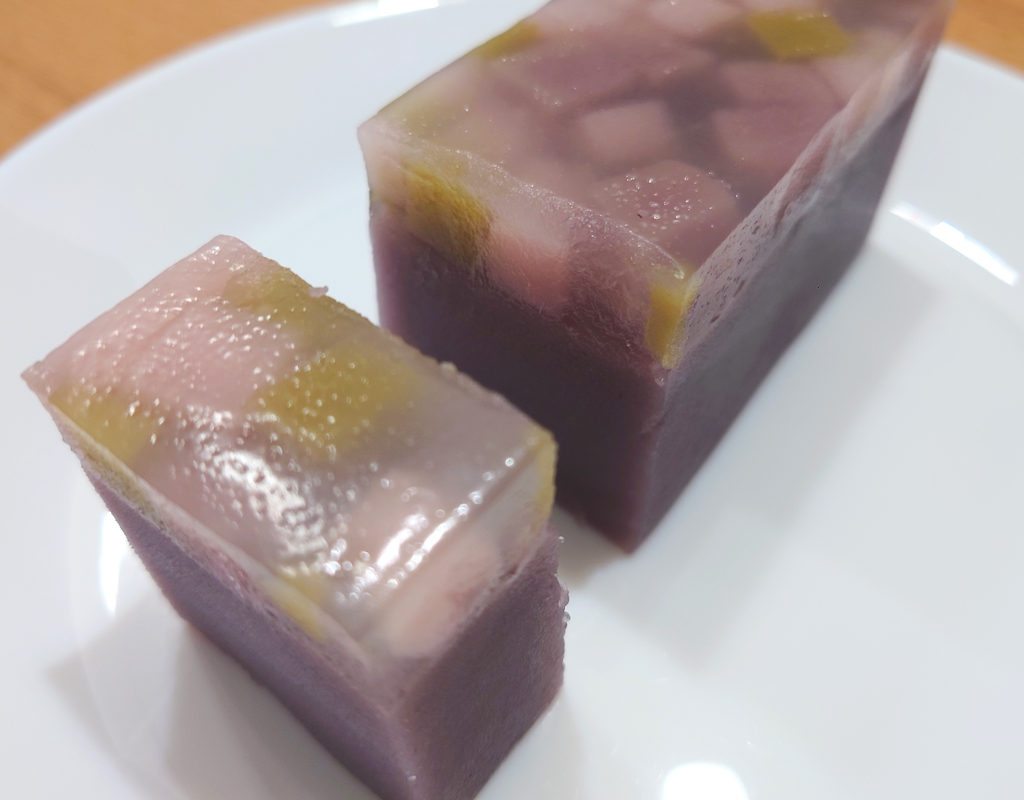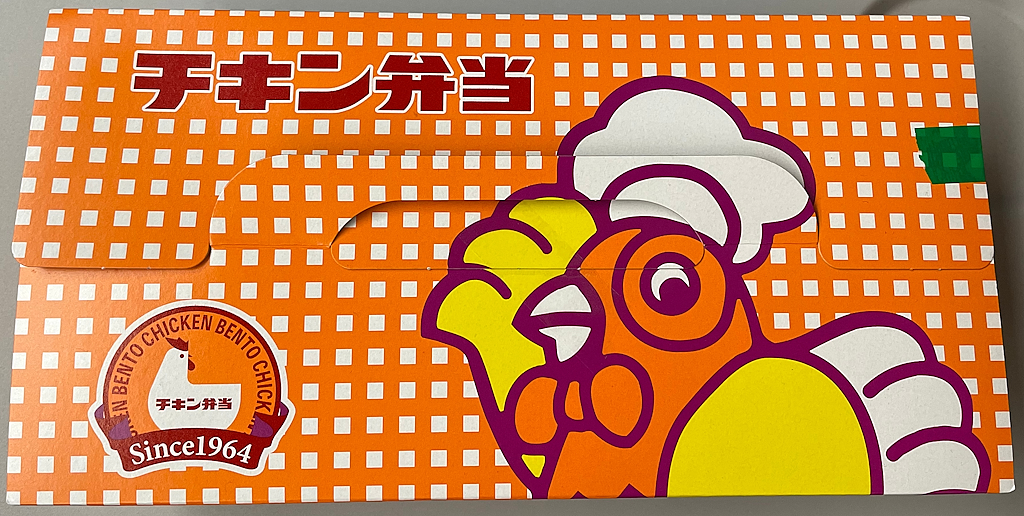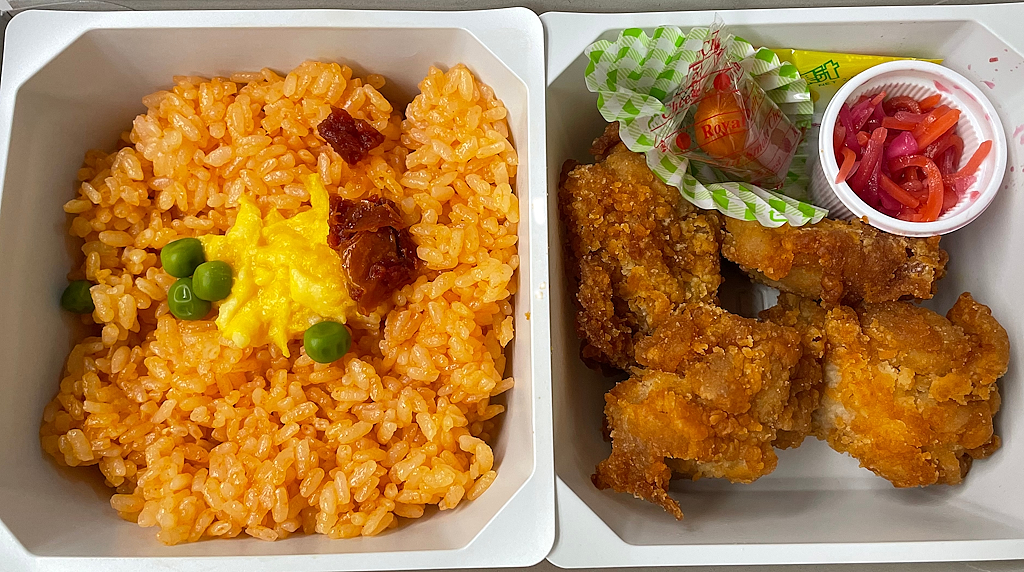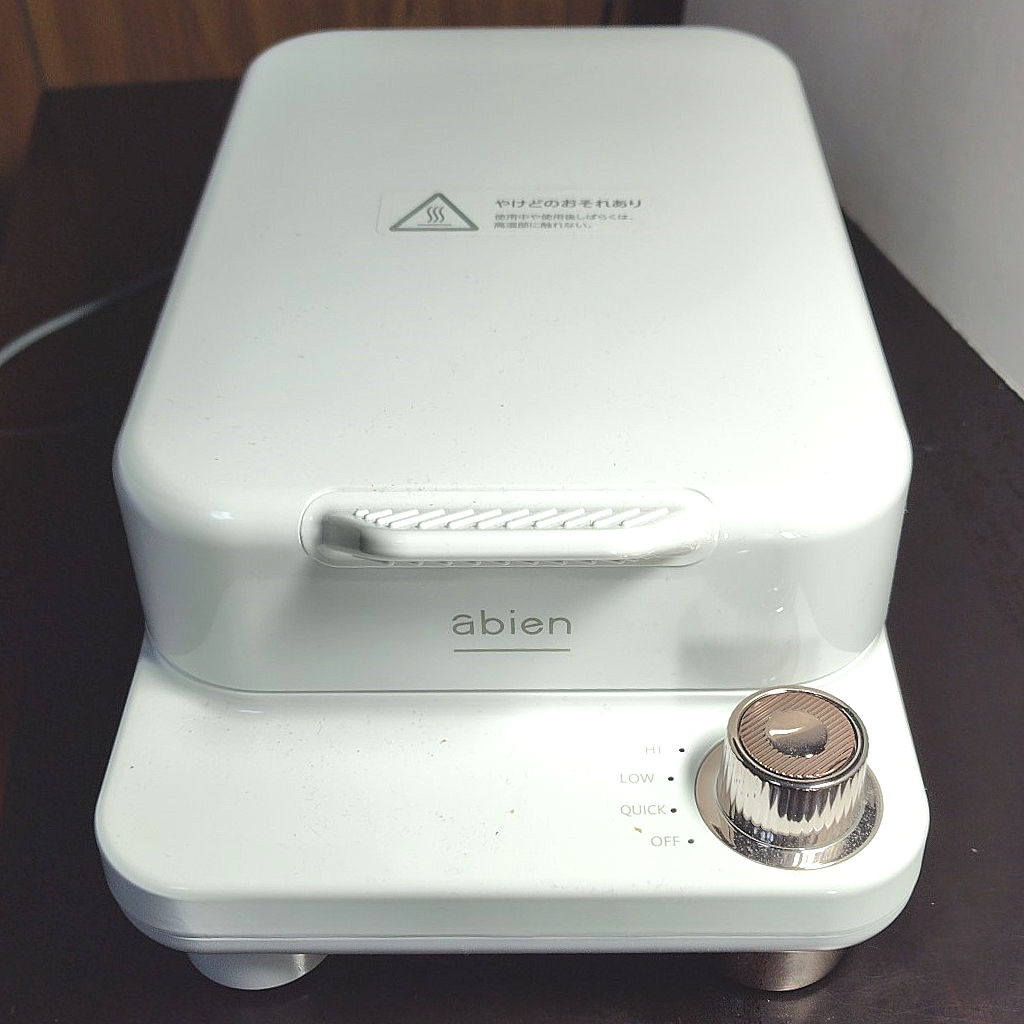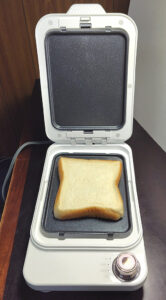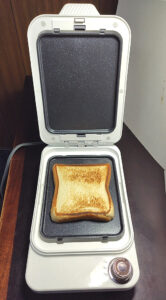In early June, I had a chance to visit Toyohashi City, Aichi Prefecture and in the evening after finishing my business, I wanted to eat something gourmet from Toyohashi! I decided to try “Toyohashi Curry Udon” for the first time.
According to the “Five Articles of Toyohashi Curry Udon (Japanese Only),” the main features of this dish are that it contains rice, grated yam, and curry udon noodles in that order from the bottom of the bowl, and that it uses a quail egg produced in Toyohashi.
Different stores seem to offer a variety of “Toyohashi Curry Udon” and the one we had was topped with a deep-fried quail egg, hash browns, and cheese.
The inclusion of rice allowed us to eat the curry roux without leaving any of it behind, so we were quite full. It was very tasty.
“Toyohashi Curry Udon” is a regional collective trademark (Japanese Trademark Registration No. 5990959) of the Toyohashi Chamber of Commerce and Industry.
An illustration card of a Capcom character eating Toyohashi Curry Udon was on the tray. The card reads “CAPCOM TRIP TOKAI” and appears to be part of a collaboration project between JR Tokai and Capcom.
After-dinner desserts are also available♪
Speaking of Toyohashi sweets, “Pirene” is one of them.
We bought some at the Bon Toraya main store and headed home with great satisfaction.
“Pirene” is a registered trademark (Japanese Trademark Registration No. 6137384) of Bon Toraya Co.
Hunny Pirene also had Capcom characters on it.
I checked “CAPCOM TRIP TOKAI” and found that a collaboration project titled “Let’s go hunting in Toyohashi” is being held until July 31, and it looks like you can enjoy exploring the city of Toyohashi with the digital stamp rally “TOYOHASHI QUEST”.
CAPCOM TRIP TOKAI Toyohashi, Let’s go hunting! (Japanese Only)
After returning home, I had a Pirene.
The bean paste butter Pirene was also delicious.
The fluffy texture was great♪ (Cacao)
